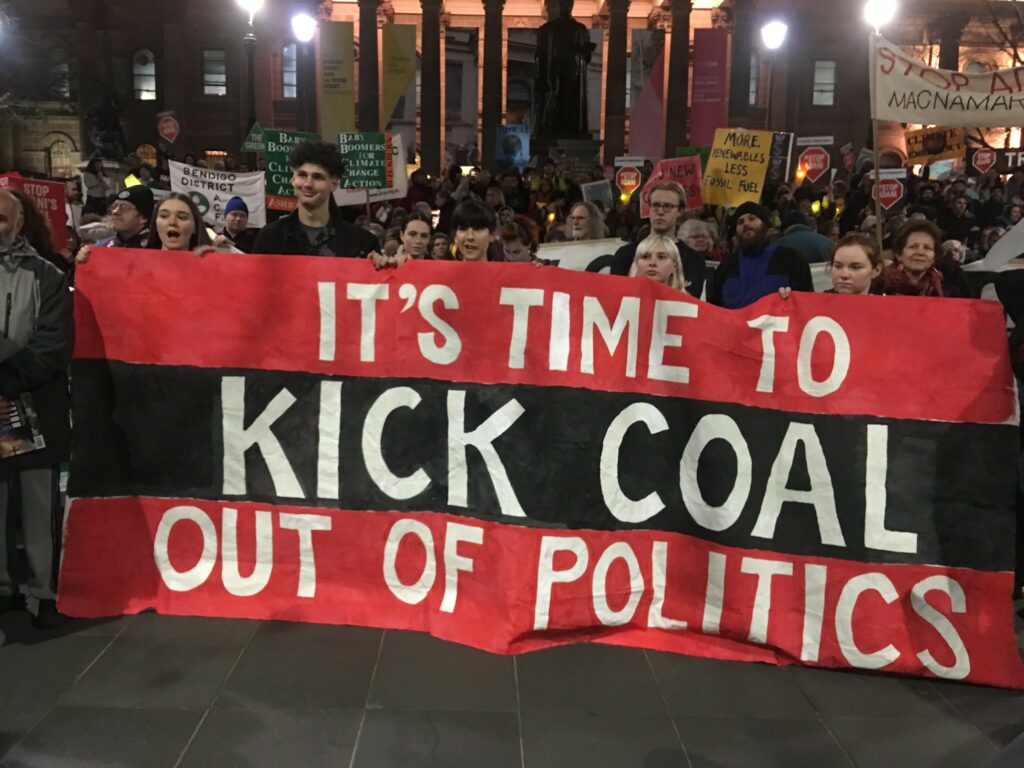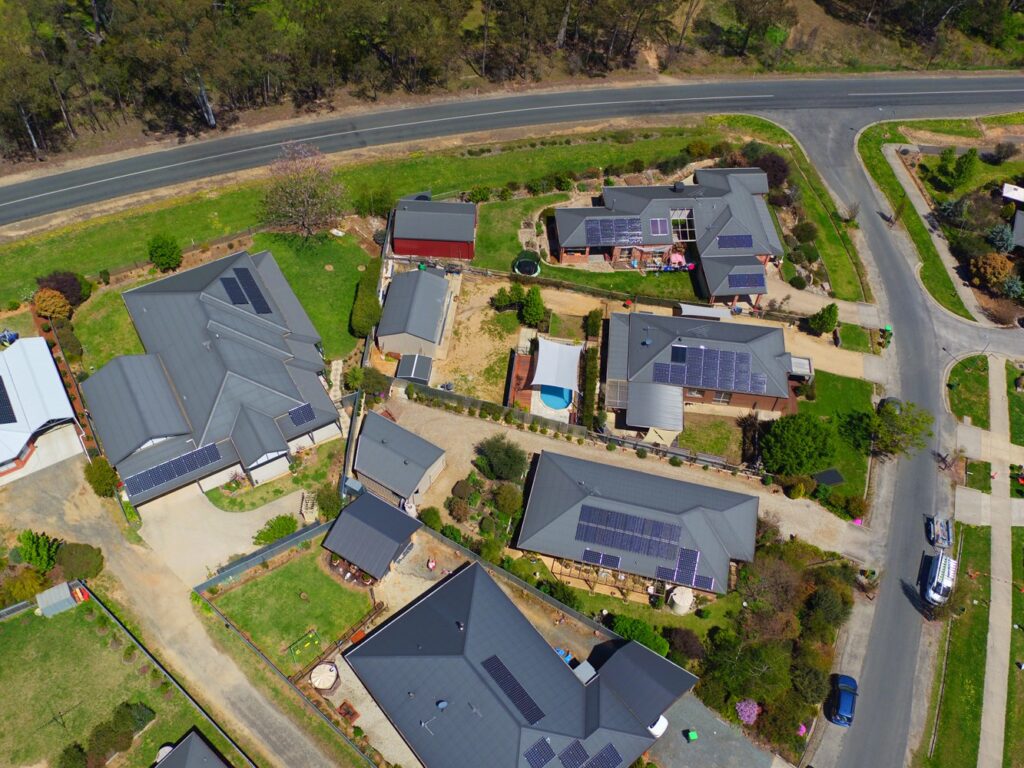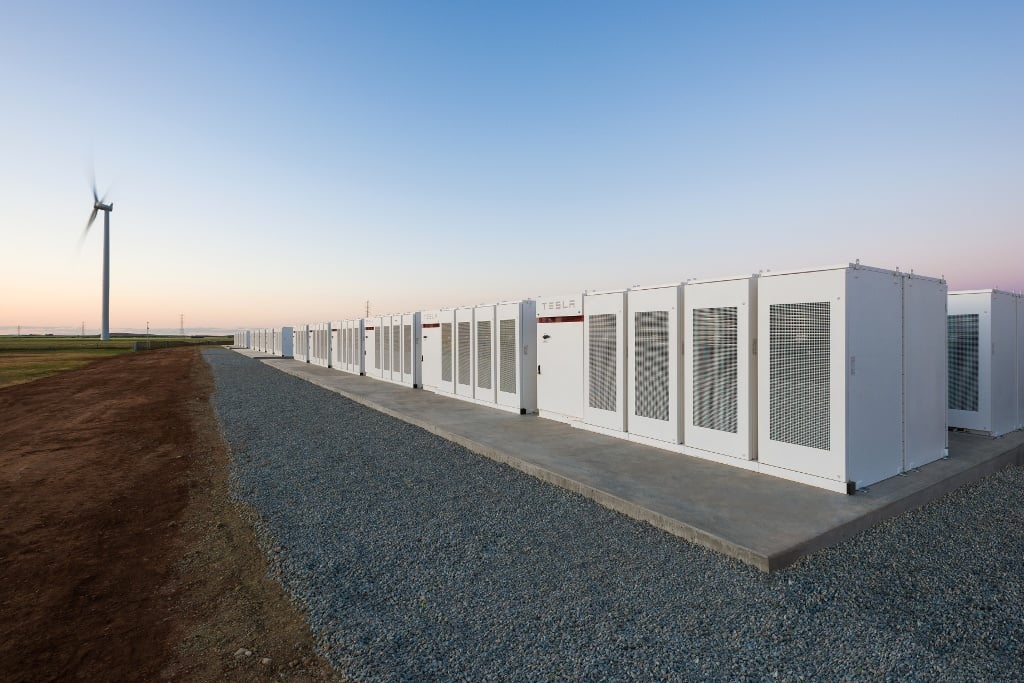
Australia’s new prime minister Anthony Albanese and his Labor Party government have been elected at least partly based on a pledge to end the ‘Climate Wars’ that have been part of the country’s politics – at least at national level – for many years.
Labor ran its election campaign on a platform that included promises on climate that appear to have resonated with many voters.
Enjoy 12 months of exclusive analysis
- Regular insight and analysis of the industry’s biggest developments
- In-depth interviews with the industry’s leading figures
- Annual digital subscription to the PV Tech Power journal
- Discounts on Solar Media’s portfolio of events, in-person and virtual
As is often the case however, the devil is in the details: it’s great to have aspirations, but how to then interpret that into concrete actions?
Last week, Energy-Storage.news reported on one suggestion from exerts at the Victoria Energy Policy Centre (VEPC) – to introduce a Renewable Electricity Storage Target (REST), funded through a A$20 billion (US$14.83 billion) public corporation that Labor promised to create to help support, enable and accelerate the country’s energy transition.
Today, we hear in more depth from Bruce Mountain, one of the lead authors of the VEPC report, “Electricity storage: the critical electricity policy challenge for our new Government,” which put forward the group’s arguments for the creation of a target scheme, how it could work and what it could achieve.
Australia’s power sector is “not in a good way,” Mountain tells us, with many suffering “nose-bleedingly high electricity prices”.
Energy storage can help not just with decarbonisation, but creating a reliable and fairer electricity market in the post-coal, post-Climate Wars era.
Energy-Storage.news: With the inauguration of a new Commonwealth Government in Australia, it feels like there’s cautious optimism around climate and renewable energy. Your recent report focuses on the creation of the A$20 billion ‘Rewiring the Nation Corporation’ and the role it could play in rolling out an energy storage target. What do you mean by the Renewable Electricity Storage Target and where that fits in with the government’s wider policies?
Bruce Mountain: We started work on this about three months ago, as a way to figure out what we thought the main focus of the future government should be. We felt that Labor was likely to win, and they’d promised a A$20 billion corporation, ostensibly focused on building poles and wires for the new wind and solar farms that that are planned.
We felt that that was not the right priority for the Commonwealth government, because the states are already well and truly onto it. Under the Constitution here, the states have the obligation to supply electricity, they set access to land, and they’ve all got programmes and policies in place to extend the transmission network.
We thought it would not be constructive for the Commonwealth to be allocating so much of its money and effort into transmission and the missing ingredient rather, and the area in which we felt the Commonwealth could contribute greatly, is electricity storage.
That’s going to consume far more money than transmission, according to the Australian Energy Market Operator (AEMO), roughly two to three times more. There’s a very great need for it.
Even though there’s a great expansion of chemical battery storage and some prospects for pumped hydro, there’s still a very great need for lots of storage to be built. A Commonwealth policy focused on that would be the right thing.
It would be good if the Commonwealth created a demand driven policy, essentially mirroring the Renewable Energy Target (RET), which is an obligations scheme like the US’ Renewable Portfolio Standard (RPS) or the UK’s Renewable Obligations Certificates (ROCs).
This REST is a scheme where electricity retailers and large customers will have an obligation to buy credits, which a certain category of plant that can store electricity can create, plants which can go from zero to full output within five minutes, to match the five-minute trading period in the National Electricity Market (NEM).
It’ll mirror the existing RET scheme. But instead of a payment for production, it will be a payment to be to be available a dollar-per-kilowatt payment. That’s what we envisage. There’s still plenty of work to be done on the detail of the scheme and the incentives and so on and so forth. We didn’t want to get too much into that now for fear that we would put a detail down that people are going to oppose. We want to rather get the principle across.
We’re suggesting this as the first priority for this corporation that the Labor Party said it would create if it won the government.

You suggest that it will be per kilowatt installed rather than based on per kilowatt-hour of storage delivered, which I guess is less about the duration and more matching what is rewarded in the NEM?
My thinking is that this REST should be set at a level that’s likely to recover about 15% of the cost of the storage device and the rest of the income should be raised in the market. Whether it’s the provision of very short-term services, arbitrage or network support or a combination of those, they’ll need to gather that income from the market itself.
So, there will still be incentives to locate in the right place. The relative proportion of the cost covered will be a little bit higher for short-duration storage than long-duration because both get the same dollar payment, but there’s some economy of scale in storage so it’ll be a lesser contribution to the outlays for long-duration energy storage.
It might be that we’re going to think about that again but at this stage I can’t see a compelling reason for the complexity of trying to sculpt the incentive for different payments for two, four or eight-hour storage devices. Our market will be dominated by frequency control and then energy arbitrage worth a couple of hours, at least for the next five or 10 years, so we’ve got plenty of time to think about long-duration storage.
It may well be that evolution in the storage market means that the storage firms are going to develop long-term storage anyway.
While the report hypothesises the broad design scope of a target scheme rather than a detailed proposal, was it important that that scope should be technology agnostic?
Yes, there is a balance to be struck.
In some cases, there may be a desire to promote niche technologies that couldn’t yet compete and so it might be the policy is going to cover storage of different sizes, for example, treat differently the residential storage from large-scale storage, or treat differently pumped hydro from other chemical storage.
We’re really trying to encourage governments not to attempt to pick the winner, and predetermine the suitable technology, but as far as possible to put money on the table and allow a competitive process to find the right allocation of that money.
We’ve seen from the handful of examples of large-scale batteries that are already deployed or in development in various parts of Australia, that they able to earn pretty good revenues, particularly with the Frequency Control Ancillary Services (FCAS) market. But we’ve heard that one problem is that this is still really a merchant financing play, which makes it difficult to get project finance. Would the REST be a way to alleviate some of those concerns?
Conversely, one question your report itself asks is, why the target should exist at all and why won’t the market deliver the required volumes of storage? Why do you think this is needed, as opposed to the evolution of more opportunities in batteries on a free market basis?
This was a big thing for us as the paper went on. It’s not a question we asked at the outset, but it was a question we asked once we got comments back from a number of people.
Essentially, ministers have an emissions reduction policy. They all want to reduce it [albeit] the Commonwealth at a slightly slower rate than all the states, other than Queensland.
The states want to go more quickly, and my guess is the Commonwealth, under pressure from the new members, are likely to want to speed up from where they’ve currently said they are intended to head, but none of them are willing to price emissions in the electricity markets.
They’ve all balked at explicitly pricing it. Once you have a policy to reduce, but you’re not willing to reflect that in the prices in the market, there is no alternative but to intervene and in practice, the Federation and the states are doing that in a whole range of ways.
This is entirely justifiable as an emissions reduction policy in the same way that the RET ultimately became. It allows energy storage providers to help to pay off some of the capital, which will then allow funding to go from merchant into far more heavily geared investments with much more debt capital, knowing that the Commonwealth has set a baseline demand.
It’ll hopefully span the same sort of evolution that we’ve seen through the RET with lots of large-scale and small-scale investment off the back of clear policy-driven demand.

The proposal aims to provide a market based more on energy arbitrage, rather than frequency control. Is that based on frequency control being a fairly small and illiquid market opportunity, whereas energy arbitrage can become a deeper opportunity?
The total FCAS demand is tiny, and batteries have already largely met the demand in that market. It’s one arguably less affected by policy, simply because FCAS is so valuable, and batteries are so very good at selling into that market.
But we aren’t going to decarbonise just by providing FCAS services, we have to decarbonise by storing electricity and that’s an energy arbitrage economic proposition, moving electricity from the day into the evening and then across days in time, once we’ve closed large amounts of our coal and gas.
It’s really urgent, frankly. The power system here in Australia is not in a good way. We’ve got absolutely nose-bleedingly high electricity prices, and a third of our coal generation is not available in the market.
Whether that’s because it’s broken down or under maintenance, or because the generators are choosing to withdraw it, I don’t know and I suspect no one really does. But having storage as an alternative is going to radically improve the situation, so we really need to get on to this as a matter of urgency.
The Liberal Party government was traditionally associated with talking about free market solutions and renewable energy, but at the same time wasn’t prepared to commit to a national programme of coal phase out, even though it seemed like a lot of the generators themselves that are involved with coal, were asking for some clarity on that.
How do you see this transition to new government? Are you approaching this with a certain amount of renewed positivity, or do you think time will tell whether the new government has both the means as well as the intent to kind of take a lot of this forwards?
I think the Climate Wars which have dominated national or federal politics for years are starting to recede into the rear-view mirror at last, and it’s dominated our politics for so long.
At a state government level that hasn’t been the case: Liberal and Labor have had much the same policies for quite some years now [at state level], pretty decisive policies and large budgets in place to transition and they’re building their capability to do that.
The rise of independent members of parliament and the Greens together as a bloc, is almost a sort of third force in Aussie politics.
We’re moving from a two-party system to a multi-party system and most of the independents, bar one or two, have put Climate Change response pretty near the top of their agenda.
The combination of Labor in government plus the independents and the Greens is going to shift things at a federal level.
I think it’ll change the mood music. It’s always been the states rather than the Federation that have done a lot in power supply, but the Federation has an outsized role, because it’s the most senior level of government.
It kind of speaks for Australia, it’s visible, it affects sentiment across the markets and to the extent that they’re aligned with where the states are — which is likely to be the case — it does provide a catalyst for change and for opportunities. It changes the mindset totally and I think will empower the states to go even further.
We hope the REST scheme that we’ve put up gets the Commonwealth making a useful contribution of its own, not by intervening and trying to pick winners, but by putting money on the table, essentially, and a policy which stimulates the right investment.
There are a handful of territories around the world that have introduced some form of energy storage target, including nations like Greece and Spain and within nations, like 10 US states. VEPC’s proposal may be the first based on a credits scheme design that we’ve heard about. What makes that an appealing structural framework for an Australian REST?
We are in a different situation to most of Europe and most of the United States and our difference is that we do not have a great deal of gas electricity generation.
We have not had a ‘dash for gas,’ there was a time when that was a prospect but that time came and went when we built export gas plants, and wind and solar costs came down, and we’ve missed the dash for gas in baseload configuration, although we have plenty of open cycle gas turbines (OCGTs) [for peaking capacity].
Whereas in Europe, you’ve got a great deal of nuclear and hydro and gas. So even though coal is getting phased out rapidly in Europe, and gas is next, it’s further down the line in Europe and it’s further down the line in much of the US, it’s not further down the line here in Australia, it’s an immediate issue here.
Our coal is struggling, it’s been pushed beyond its life because of the politics and so on. And we don’t have nuclear, we’ve got some hydro, but not much and there’s no prospect of building gas.
So, we need to go wind and solar plus storage and so we need a policy to bring that in.
The other difference of Australia compared to many other countries is the level of our decentralised electricity supply.
Rooftop solar has a much higher market share than elsewhere. Most households export much more than they self-consume and so there’s a great deal of useful electricity on the customer’s premises.
A policy which is focused not just on CFDs and tenders for huge installations done by governments, or by agencies but also on retail-type answers, lots and lots of batteries, either on the distribution network, on the customers’ premises, or both, is an important bit of our policy landscape.
Our RET has been very successful, we have built a world class solar installation sector here and that was largely done because of state and federal policy to have a RET and push solar uptake.
So all of the infrastructure to implement it exists, it’s understood by the industry, it’s understood by the retailers, it’s a relatively small administrative pivot to include battery storage in the scheme.
Like the renewables target, the electricity storage target scheme provides incentives for capital to find the best solution, as opposed to central bureaucrats trying to figure out what the right thing is, and then buying it.

